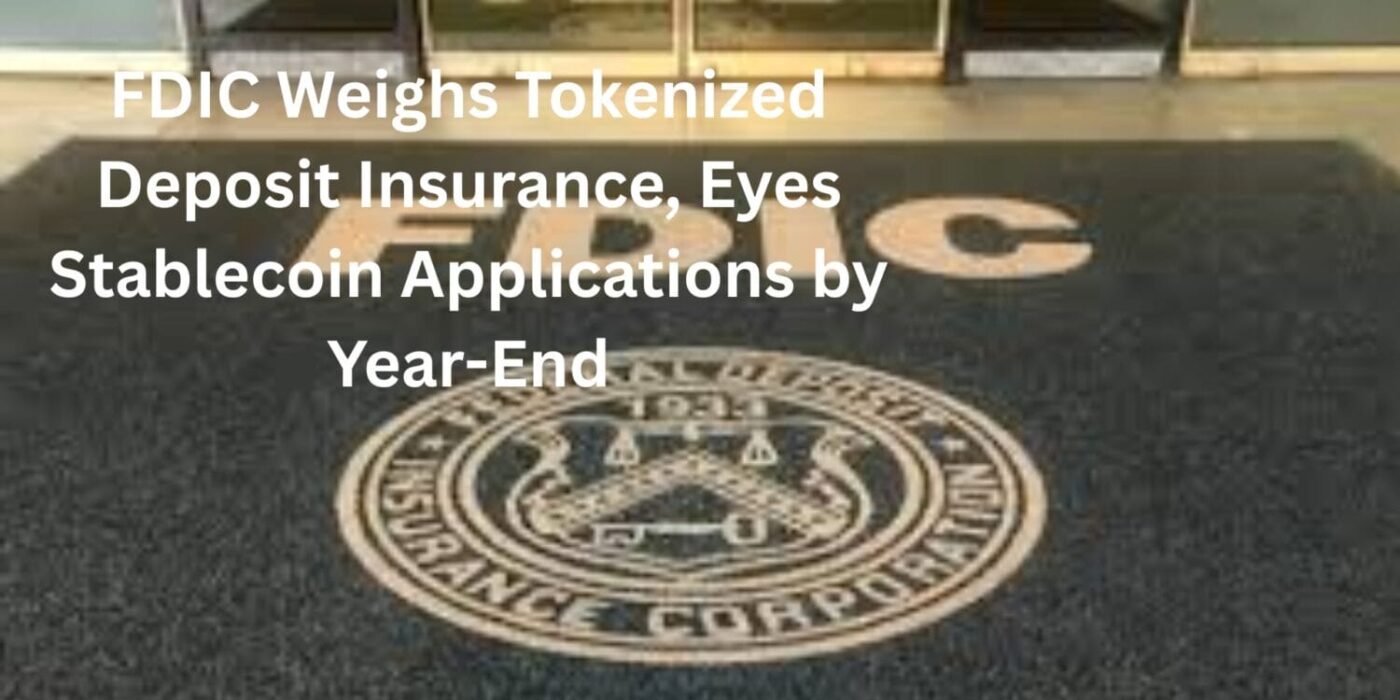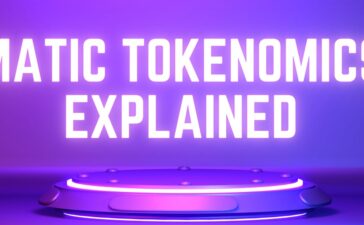Key Takeaways
- Acting Chair Travis Hill indicated that the FDIC is moving toward formal clarity on how blockchain-based banking products intersect with long-standing depositor protections
- Hill reportedly announced the agency is also working on a regime for stablecoin issuance
Reports have emerged hinting that the U.S. Federal Deposit Insurance Corporation is preparing to outline how deposit insurance might apply in a tokenized environment, as the agency’s acting chair signaled new guidance and a potential application track for stablecoin issuers before the end of the year.
Speaking at the Federal Reserve Bank of Philadelphia’s fintech conference on Thursday, Acting Chair Travis Hill indicated that the FDIC is moving toward formal clarity on how blockchain-based banking products intersect with long-standing depositor protections. His remarks come at a moment when the spread of fintech payment apps and wallet services has tested consumer assumptions about what counts as an insured deposit.
Regulators have repeatedly warned that users often presume insurance coverage extends automatically to digital-only platforms. Pass-through protection does exist, but only under specific conditions, and officials have voiced unease about firms that fail to spell out those limits. The concern has grown as more companies experiment with tokenized accounts, synthetic dollars, and other blockchain-integrated financial services.
Hill suggested that the core legal principle should remain unchanged, even if the technology shifts. “My view for a long time has been that a deposit is a deposit. Moving a deposit from a traditional-finance world to a blockchain or distributed-ledger world shouldn’t change the legal nature of it,” he said, according to Bloomberg.
Behind the policy debate is the Deposit Insurance Fund, the pool that backstops insured accounts when banks collapse. The fund’s reserve ratio slipped below its statutory level after the pandemic-era spike in deposits, forcing the agency to gradually rebuild its buffers. Earlier projections show the DIF returning to its target by late 2025—three years sooner than initially assumed—thanks to steady assessment revenue from insured banks.
The broader push for guidance reflects a surge of interest in real-world asset tokenization across global finance. Excluding stablecoins, tokenized Treasurys and private credit instruments crossed $24 billion in value in the first half of 2025, as per data from RedStone. Asset managers have rushed to claim territory: BlackRock’s BUIDL fund, introduced last year, quickly became one of the dominant products in the space.







